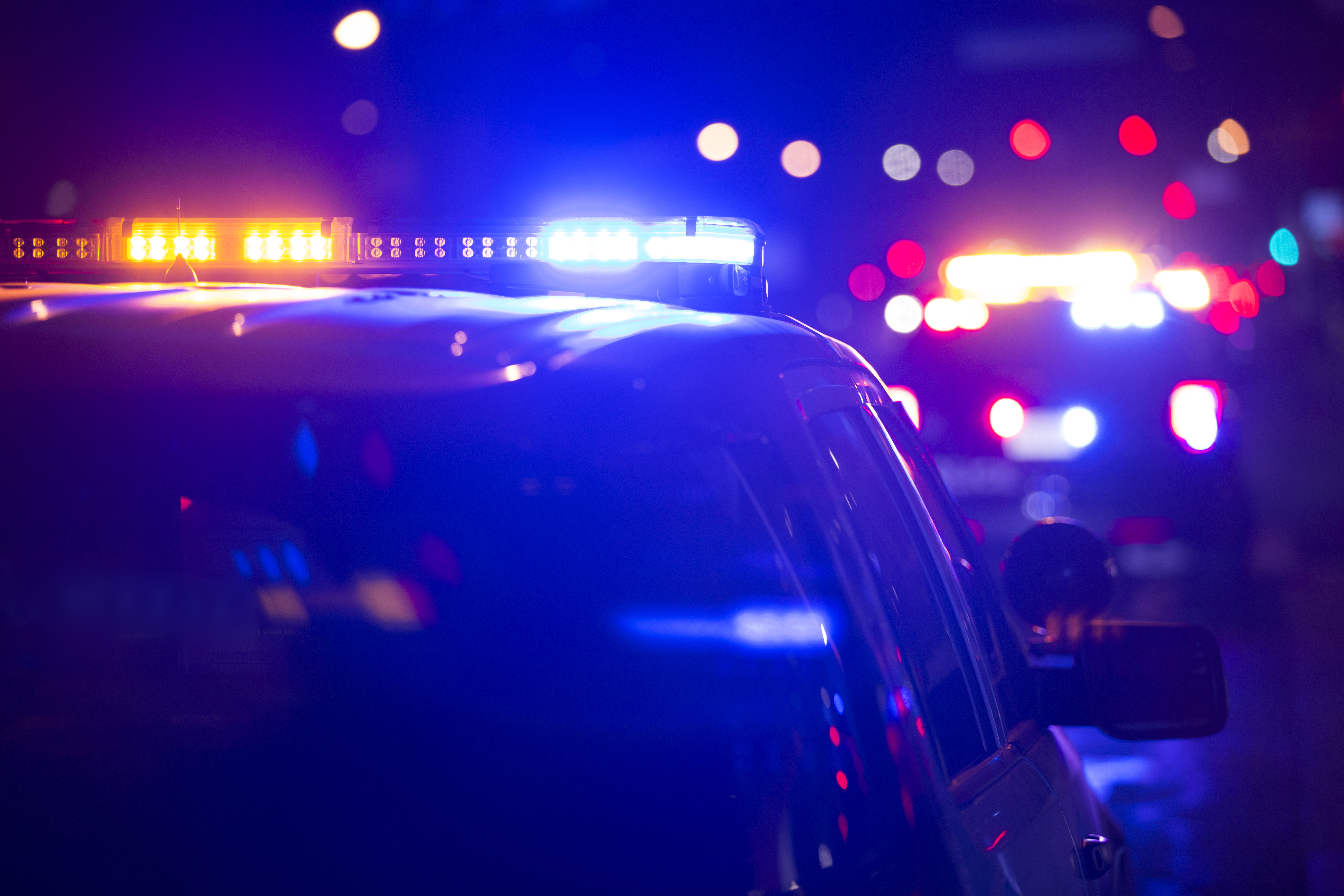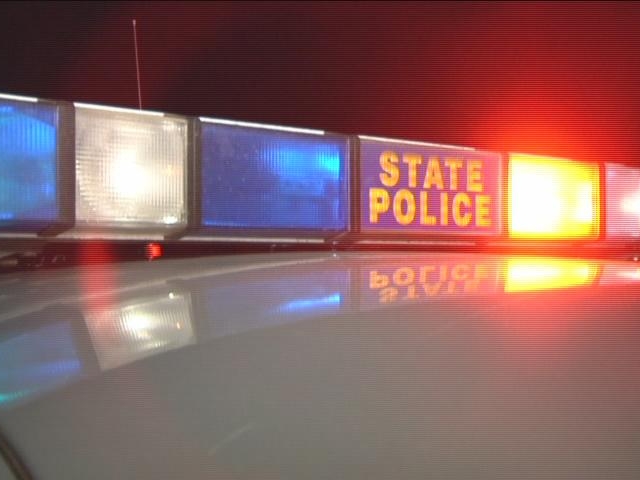With stories of personal protective equipment (PPE) shortages across the country, people have taken to their 3D printers to make masks of their own in an effort to help those on the front lines. The question remains: which design is the most effective?
A team of faculty members at the Coast Guard Academy in New London are working to answer that very question.
"What material would be best, what settings would be best, what wall thickness, layer height? We set out to achieve the best recipe," explained Master Chief Dale McCurry, an instructor with the academy's mechanical engineering department.
McCurry said that with more than 20 3D printers on hand and faculty members eager to help, the department knew they wanted to do something to contribute during the pandemic.
According to Commander Michael Plumley, who leads the mechanical engineering department, the idea started with some faculty members wanting to design ventilators. They then learned of a local doctor, Chris Wiles, who is designing and printing face masks for people across the country.
Plumley said that, instead of helping Wiles print masks, they decided they could help more by testing Wiles' design, and other designs posted online for free, to determine which is the most effective.
"We can contribute to that knowledge base as a public institution in a way that maybe others could not," said Plumley.
Local
The faculty members honed in on three main designs, including Wiles', and printed the designs with varying measurements and materials to determine which worked best.
The mechanical engineers then pulled in a colleague from the chemistry department who helped build a filtration testing device for the masks.
"We had no idea how well some of these do it yourself masks or respirators are actually protecting somebody," said Robyn Snow, an instructor of chemistry at the academy. "This system allows us to get a better idea of what this mask is filtering."
Snow, alongside other faculty members, helped to create a mask testing apparatus powered by a vacuum. The system is controlled at a specific flow rate. A particle counter tells the team how many particles are before the mask, which is enclosed in a plastic chamber, and how many particles are after the mask.
One test that was conducted while NBC Connecticut was there determined that a particular 3D printed mask was filtering out about 90 percent of the particles.
According to McCurry, they have printed more than 250 masks using all kinds of different materials and settings. He said that they have worked in constant collaboration with doctors, like Wiles, researchers and people who were printing across the state.
The team is not ready to say which design, material and settings are the best, with still much more testing ahead.
"As engineers we will work on this until it cannot possibly get any better," said McCurry.
Plumley said that his team has been sharing information as they learn it, with no definite end date to their research in sight.
According to Wiles, his mask was testing in the 90th percentile. His design is approved for community use.
Plumley said that their goals are two-fold. Right now, they want to get this information out to help as many people as possible.
"The first is compare masks for the immediate concern, which is determining what works well and what does not," said Plumley.
Plumley said that there is also a longer-term goal of helping to develop a standard design.
"To say, 'go make these if you are in trouble and they will behave in a certain manner, they will perform in a certain way'," explained Plumley.



